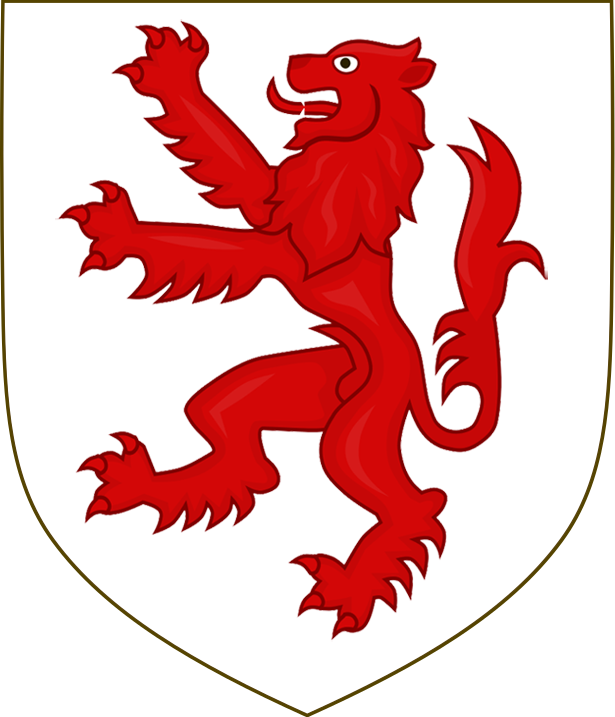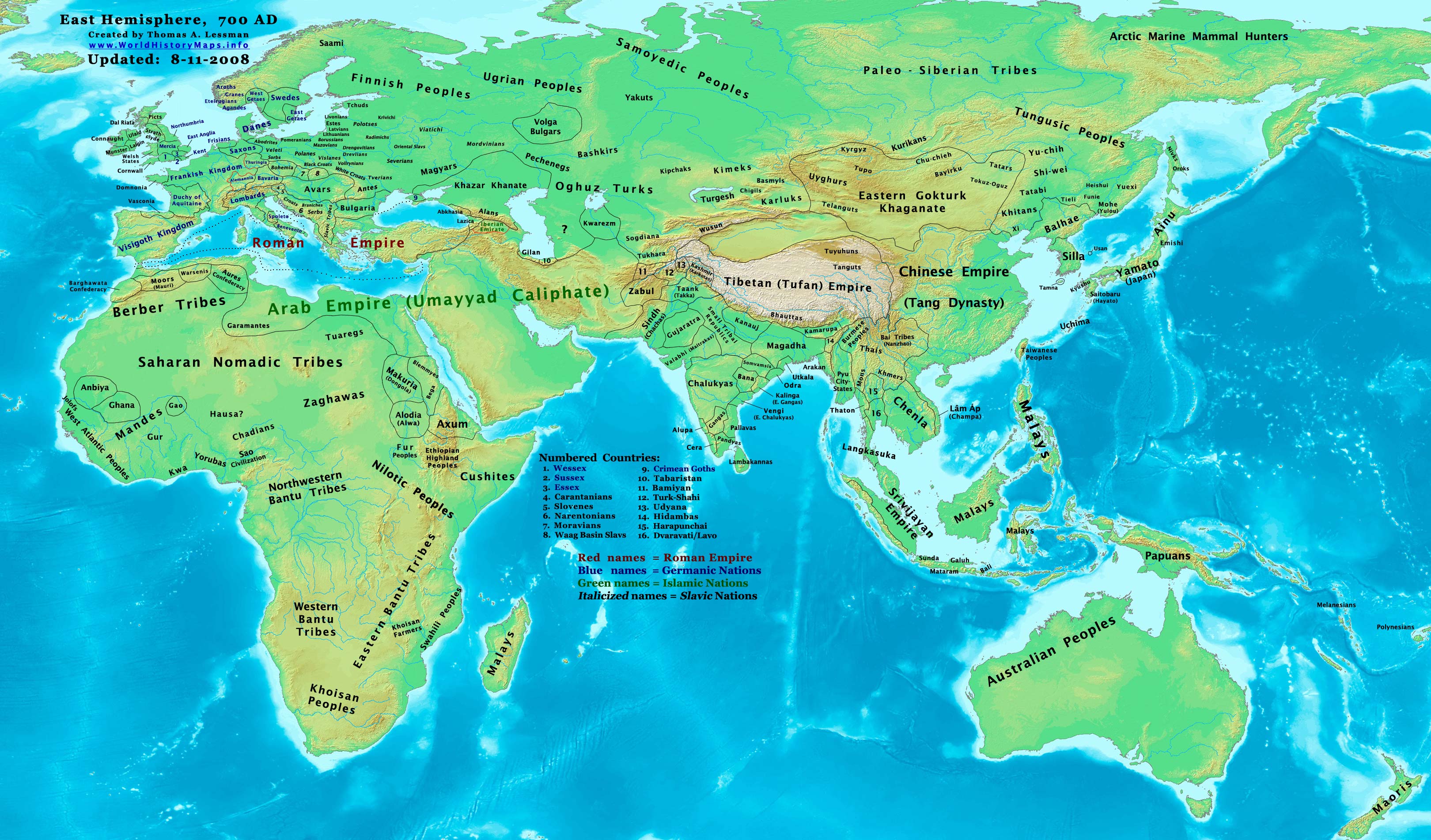|
Muiredach Mac Ruadrach
Muiredach mac Ruadrach (died 829) was a King of Leinster of the Uí Fáeláin sept of the Uí Dúnlainge branch of the Laigin. This sept had their royal seat at Naas in the eastern part of the Liffey plain, Airthir Liphi. He was the son of Ruaidrí mac Fáeláin (died 785), a previous king. He ruled from 805-806 and again from 808-829. In 805 the Leinster king, Fínsnechta Cethardec mac Cellaig (died 808) of the Uí Dúnchada sept was deposed by the high king Áed Oirdnide (died 819) of the Cenél nEógain who installed the Muiredach as king instead along with Muiredach mac Brain of the Uí Muiredaig sept.. Finsnechta took refuge with Muirgius mac Tommaltaig (died 815), the King of Connacht who then aided him in recovering his throne in 806. According to the ''Book of Leinster'', Finsnechta recovered his throne by defeating the two sons of Ruaidrí - probably Muiredach and his brother Diarmait. Upon the death of Finsnechta, the two Muiredachs then became the rulers. Upon the de ... [...More Info...] [...Related Items...] OR: [Wikipedia] [Google] [Baidu] |
King Of Leinster
The kings of Leinster ( ga, Rí Laighín), ruled from the establishment of Leinster during the Irish Iron Age, until the 17th century Early Modern Ireland. According to Gaelic traditional history, laid out in works such as the ''Book of Invasions'', Leinster originates from the division of Ireland between the Irish Gaels, descendants of Milesius: Leinster was one of the territories held by the offspring of Heremon. In the 7th century BC, the branch of the Heremonians who would establish Leinster, starting with Úgaine Mór were also High Kings of Ireland and Kings of Tara. Their ascent to hegemony in Ireland was associated with the decline in influence of their Ulster-based Heremonian kinsmen from the Érainn. Aside from Úgaine Mór, other prominent Kings of Leinster from this period who were also High Kings of Ireland were Labraid Loingsech and Cathair Mór. A mythology developed that Labraid Loingsech had horses ears: he spent some time exiled in Transalpine Gaul (da ... [...More Info...] [...Related Items...] OR: [Wikipedia] [Google] [Baidu] |
Clann Cholmáin
Clann Cholmáin is the dynasty descended from Colmán Már mac Diarmato, son of Diarmait mac Cerbaill. Part of the Southern Uí Néill — they were the kings of Mide (Meath) — they traced their descent to Niall Noígiallach and his son Conall Cremthainne. Related dynasties descended through Conall Cremthainne and Diarmait mac Cerbaill included the Síl nÁedo Sláine, the kings of Brega, descended from Colmán Már's youngest brother Áed Sláine, and the less important Clann Cholmáin Bicc (or the Caílle Follamain), descendants of the middle brother, Colmán Bec. The Kings of Uisnech, among others, belonged to Clann Cholmáin. Important kings of Clann Cholmáin include: * Domnall Midi (died 763), * Donnchad Midi mac Domnaill (died 797), * Máel Sechnaill mac Maíl Ruanaid (died 862), * Flann Sinna (died 916), * Máel Sechnaill mac Domnaill (died 1022). See also * O'Melaghlin Bibliography * Byrne, Francis John, ''Irish Kings and High-Kings.'' Batsford ... [...More Info...] [...Related Items...] OR: [Wikipedia] [Google] [Baidu] |
Kings Of Uí Dúnlainge
Kings or King's may refer to: *Monarchs: The sovereign heads of states and/or nations, with the male being kings *One of several works known as the "Book of Kings": **The Books of Kings part of the Bible, divided into two parts **The ''Shahnameh'', an 11th-century epic Persian poem **The Morgan Bible, a French medieval picture Bible **The Pararaton, a 16th-century Javanese history of southeast Asia *The plural of any king Business *Kings Family Restaurants, a chain of restaurants in Pennsylvania and Ohio * Kings Food Markets, a chain supermarket in northern New Jersey * King's Favourites, a brand of cigarettes * King's Variety Store, a chain of stores in the USA * King's (defunct discount store), a defunct chain of discount stores in the USA Education * King's College (other), various colleges * King's School (other), various schools * The King's Academy (other), various academies Electoral districts * King's (New Brunswick electoral district) (186 ... [...More Info...] [...Related Items...] OR: [Wikipedia] [Google] [Baidu] |
829 Deaths
8 (eight) is the natural number following 7 and preceding 9. In mathematics 8 is: * a composite number, its proper divisors being , , and . It is twice 4 or four times 2. * a power of two, being 2 (two cubed), and is the first number of the form , being an integer greater than 1. * the first number which is neither prime nor semiprime. * the base of the octal number system, which is mostly used with computers. In octal, one digit represents three bits. In modern computers, a byte is a grouping of eight bits, also called an octet. * a Fibonacci number, being plus . The next Fibonacci number is . 8 is the only positive Fibonacci number, aside from 1, that is a perfect cube. * the only nonzero perfect power that is one less than another perfect power, by Mihăilescu's Theorem. * the order of the smallest non-abelian group all of whose subgroups are normal. * the dimension of the octonions and is the highest possible dimension of a normed division algebra. * the first numbe ... [...More Info...] [...Related Items...] OR: [Wikipedia] [Google] [Baidu] |
8th-century Births
The 8th century is the period from 701 ( DCCI) through 800 ( DCCC) in accordance with the Julian Calendar. The coast of North Africa and the Iberian Peninsula quickly came under Islamic Arab domination. The westward expansion of the Umayyad Empire was famously halted at the siege of Constantinople by the Byzantine Empire and the Battle of Tours by the Franks. The tide of Arab conquest came to an end in the middle of the 8th century.Roberts, J., '' History of the World'', Penguin, 1994. In Europe, late in the century, the Vikings, seafaring peoples from Scandinavia, begin raiding the coasts of Europe and the Mediterranean, and go on to found several important kingdoms. In Asia, the Pala Empire is founded in Bengal. The Tang dynasty reaches its pinnacle under Chinese Emperor Xuanzong. The Nara period begins in Japan. Events * Estimated century in which the poem Beowulf is composed. * Classical Maya civilization begins to decline. * The Kombumerri burial grounds are f ... [...More Info...] [...Related Items...] OR: [Wikipedia] [Google] [Baidu] |
Muirecán Mac Diarmata
Muirecán mac Diarmata (died 863) was a King of Leinster of the Uí Fáeláin sept of the Uí Dúnlainge branch of the Laigin. This sept had their royal seat at Naas in the eastern part of the Liffey plain, Airthir Liphi. He was the son of Diarmait mac Ruadrach (died 832), King of Airthir Liphi. His uncle Muiredach mac Ruadrach (died 829) and grandfather Ruaidrí mac Fáeláin (died 785) were Kings of Leinster. The succession of kings in Leinster is difficult to follow in his time. The king lists in the '' Book of Leinster'' have him listed after two kings who died later than he (869 and 885) and the next king is Túathal mac Máele-Brigte who died in 854. Another previous king was Ruarc mac Brain who died in 862. The king list gives Muirecán a reign of one year which would coincide to 862-863. Francis John Byrne suggests that the root of this apparent confusion lay in the fact that the Uí Dúnlainge kings exercised little real authority due to the aggressions of their we ... [...More Info...] [...Related Items...] OR: [Wikipedia] [Google] [Baidu] |
Conchobar Mac Donnchada
Conchobar mac Donnchada (or Conchobar mac Donnchado) was High-King of Ireland with opposition ('' rí Érenn co fressabra'') between 819 and 833. Conchobar was the son of Donnchad Midi, high-king of Ireland ( 733–797); his mother was Fuirseach, a noblewoman of the Dál nAraidi. Conchobar married Land, daughter of the former High-King Áed Oirdnide. They had a son named Atrí, who became a cleric at Armagh, as well as three other sons, Cathal, Eochócan, and Cináed. Conchobar appears as a historical figure for the first time when, in the year 802, the high-king Áed Oirdnide mac Néill of Cenél nÉogain, Conchobar's brother-in-law (possibly father-in-law) portioned out the lordship of Clann Cholmáin between Conchobar and Ailill. Ailill was Conchobar's brother, but in the following year at Rathconnell, Conchobar killed his brother to take the whole lordship for himself. Only five years later Conchobar, allied now with the king of Connaught, campaigned for the High-Kingsh ... [...More Info...] [...Related Items...] OR: [Wikipedia] [Google] [Baidu] |
Uí Dúnlainge
The Uí Dúnlainge, from the Old Irish "grandsons (or descendants) of Dúnlaing", were an Irish dynasty of Leinster kings who traced their descent from Dúnlaing mac Énda Niada. He was said to be a cousin of Énnae Cennsalach, eponymous ancestor of the rival Uí Chennselaig. Their claims to the kingship of Leinster were unopposed after the death of Áed mac Colggen in the Battle of Ballyshannon on the 19th August 738AD. Three of the sons of Murchad mac Brain (d. 727), Dunchad, Faelan, and Muiredach reigned in turn after him as kings of Leinster. These kings were progenitors of the most powerful branches of Ui Dunlainge in the following three centuries: Ui Dunchada, Ui Faelain, and Ui Muiredaig. These three kindreds rotated the kingship of Leinster between them from 750AD to 1050AD. This is unusual in early Irish history as it was the equivalent of "keeping three oranges in the air" (the east Ulster kingdom of Ulaid also rotated the kingship between families). Fourteen Uí Mu ... [...More Info...] [...Related Items...] OR: [Wikipedia] [Google] [Baidu] |
Muirgius Mac Tommaltaig
Muirgius mac Tommaltaig (died 815) was a King of Connacht from the Uí Briúin branch of the Connachta. He was the great-grandson of Indrechtach mac Muiredaig Muillethan (died 723), a previous king. The death of his father Tommaltach mac Murgail (died 774) is recorded in the annals where he is called king of Mag nAi. Muirgius was of the Síl Muiredaig sept of the Uí Briúin. He reigned from 792 to 815. Struggle for the throne The annals state that his reign began after Battle of Sruth Cluana Argai (Cloonargid, Co. Roscommon) in 792 when he defeated Cináed mac Artgail (d. 792), of the Síl Cathail sept, who was slain. In 793 we find him imposing the Law of Saint Commán of Roscommon in conjunction with abbot Aildobur (d. 800) upon the three Connachta at Cruachu. Another important battle in 792 was the battle of Ard Maiccrime in County Sligo, where the Ui Ailello were delivered their death blow. Among the slain were Cathmug mac Flaithbertaig of the Cenél Coirpri and Cormac son ... [...More Info...] [...Related Items...] OR: [Wikipedia] [Google] [Baidu] |
Muiredach Mac Brain (died 818)
Muiredach mac Brain (died 818) was a King of Leinster of the Uí Muiredaig sept of the Uí Dúnlainge branch of the Laigin. This sept had their royal seat at Maistiu (Mullaghmast) in South Kildare. He was the son of Bran Ardchenn mac Muiredaig (died 795), a previous king. He ruled from 805 to 806 and again from 808 to 818. Though not listed in the king list in the ''Book of Leinster'', he is mentioned in the Irish annals. He is given the title (one of two kings) at his death in 818 (''Annals of Ulster'') and ruled in conjunction with Muiredach mac Ruadrach (died 829) of the Uí Fáeláin sept. In 795 his father, Bran, had been assassinated by his successor Fínsnechta Cethardec mac Cellaig (died 808) of the Uí Dúnchada sept as a direct challenge to the high-king. In 805 Fínsnechta was deposed by the high king Áed Oirdnide (died 819) of the Cenél nEógain who installed Muiredach mac Brain and Muiredach mac Ruadrach as kings. Finsnechta took refuge with Muirgius mac Tom ... [...More Info...] [...Related Items...] OR: [Wikipedia] [Google] [Baidu] |

